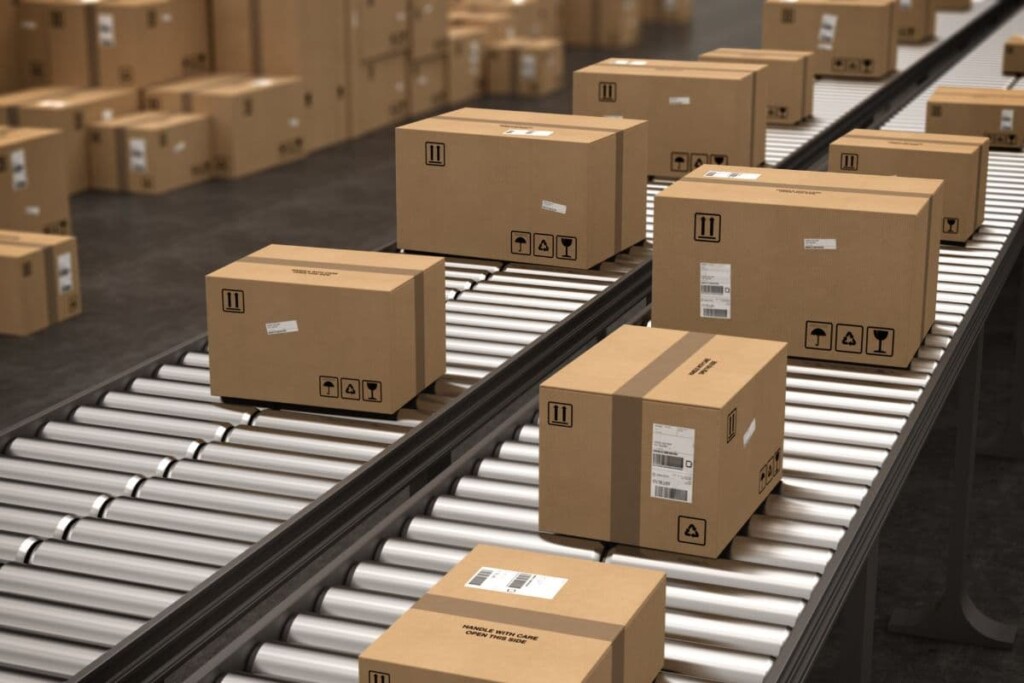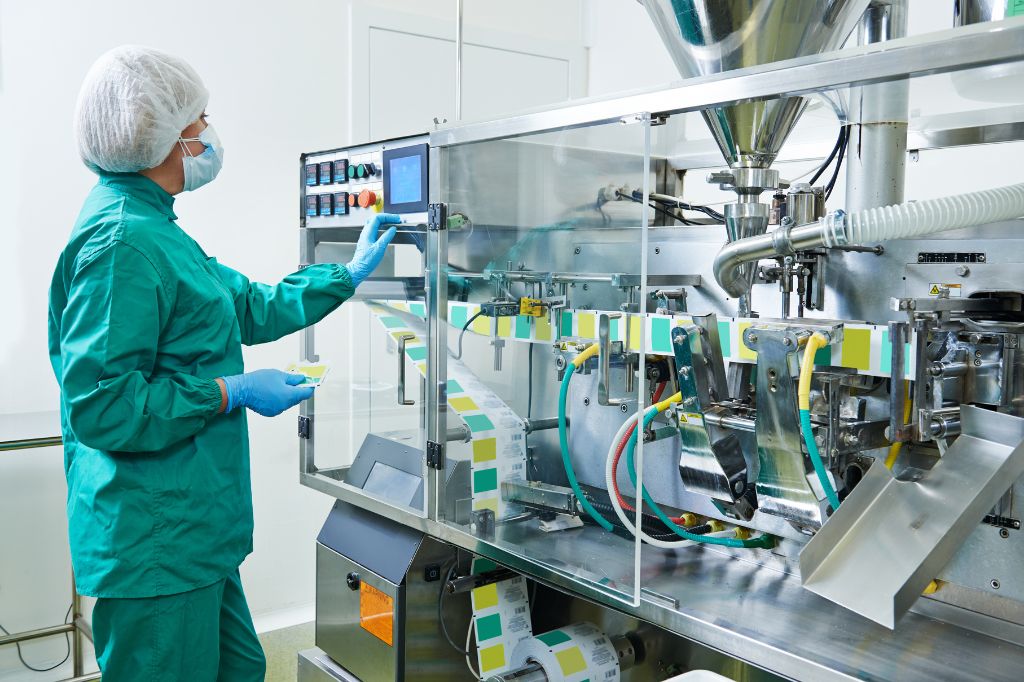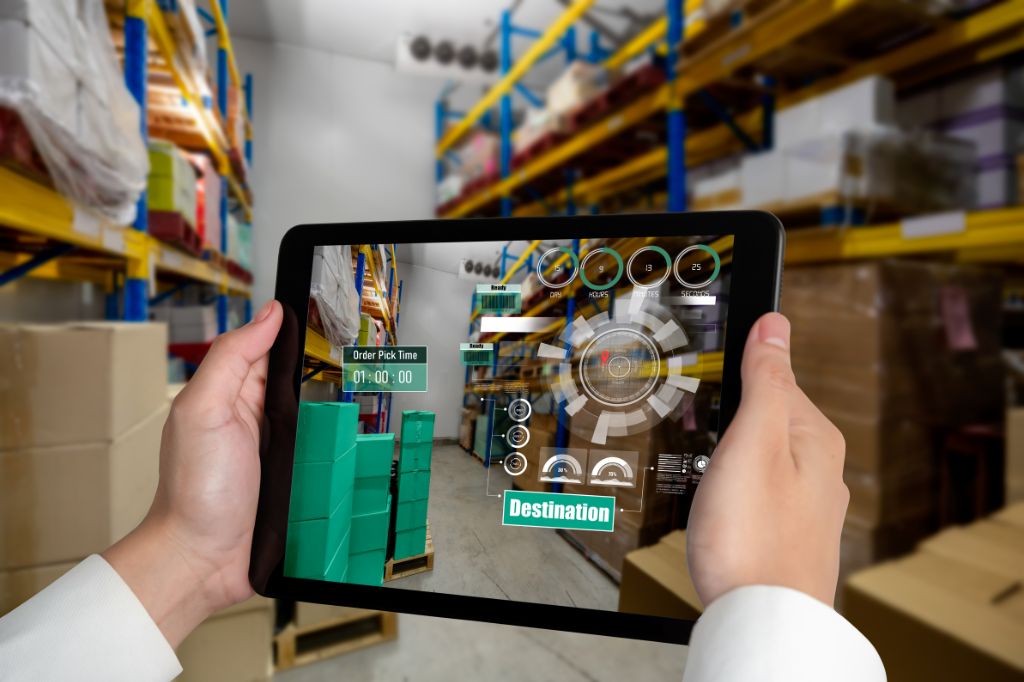
The importance of maintenance in conveyor rollers
Reading time: < 4 minutesConveyor rollers are essential components in a wide range of industries, from logistics to manufacturing. These seemingly simple pieces play a crucial role in the efficient movement of materials and products. However, their importance is often underestimated, and one of the most vital but often overlooked aspects is the proper maintenance of conveyor rollers.
In this post, we will explain the importance of maintenance in conveyor rollers, the negative impact of poor maintenance, and guidelines for effective care
The impact of poor maintenance
Conveyor rollers are subjected to heavy loads, extreme working conditions, and constant wear due to friction and abrasion. If left without maintenance, they can deteriorate quickly, leading to a range of problems, including:
- Increased operating costs
Rollers in poor condition increase friction, which requires more energy to keep the transport moving. This results in higher operating costs due to increased energy consumption.
- Decreased efficiency
Worn or damaged rollers can cause jams and unscheduled stoppages on the production line. This reduces efficiency and productivity, leading to delivery delays and financial losses.
- Increased wear on other components
When conveyor rollers don’t function properly, other system components such as belts and motors also experience greater wear. This leads to higher replacement and repair costs.
- Safety risks
Damaged rollers can be dangerous to workers as they increase the risk of accidents and injuries in the workplace.
Types of maintenance
There are different types of maintenance that can be applied to conveyor rollers, depending on the specific needs and conditions of each system. The most common types of maintenance are:
Preventive maintenance
This approach involves regularly scheduled inspections and maintenance tasks to prevent problems before they occur. It includes activities such as lubrication, cleaning, and wear inspection.
Predictive maintenance
Predictive maintenance relies on continuous monitoring of the rollers through sensors and diagnostic tools. The collected data allows for predicting when maintenance is needed before a failure occurs.
Corrective maintenance
This type of maintenance is performed after a failure has occurred. Its goal is to restore the roller to normal operation as quickly as possible.
Guidelines for effective maintenance
To keep conveyor rollers in optimal condition, it is essential to follow some key guidelines:
Regular scheduling
Establishing a regular maintenance schedule is crucial. This ensures that inspections and maintenance tasks are carried out consistently.
Proper lubrication
Lubricating the rollers and bearings reduces friction and wear. Be sure to use the correct lubricant and follow the manufacturer’s recommendations.
Thorough inspection
Regularly inspect the rollers to identify any wear, damage, or signs of potential problems. Pay attention to roller alignment and make sure they are properly adjusted.
Timely replacement
If a roller is found to be in poor condition during inspections, replace it immediately. Don’t wait for it to fail completely, as this can cause further issues.
Benefits of proper maintenance
Performing effective maintenance on conveyor rollers offers several significant benefits:
- Increased lifespan. Proper maintenance extends the lifespan of the rollers, which means fewer replacements and long-term cost savings.
- Improved efficiency. Rollers in good condition function more efficiently, which reduces operating costs and increases productivity.
- Improved safety. Proper maintenance reduces the risk of accidents and injuries in the workplace, improving worker safety.
- Cost reduction. By preventing problems and performing minor repairs on time, repair and replacement costs are reduced.
As we have seen, maintaining conveyor rollers is essential to ensure their efficient and safe operation. Ignoring maintenance can lead to significant costs and operational issues. Don’t let this happen—take the necessary actions to prevent it.



